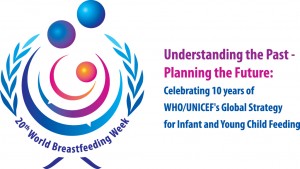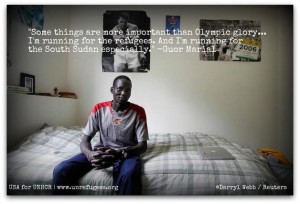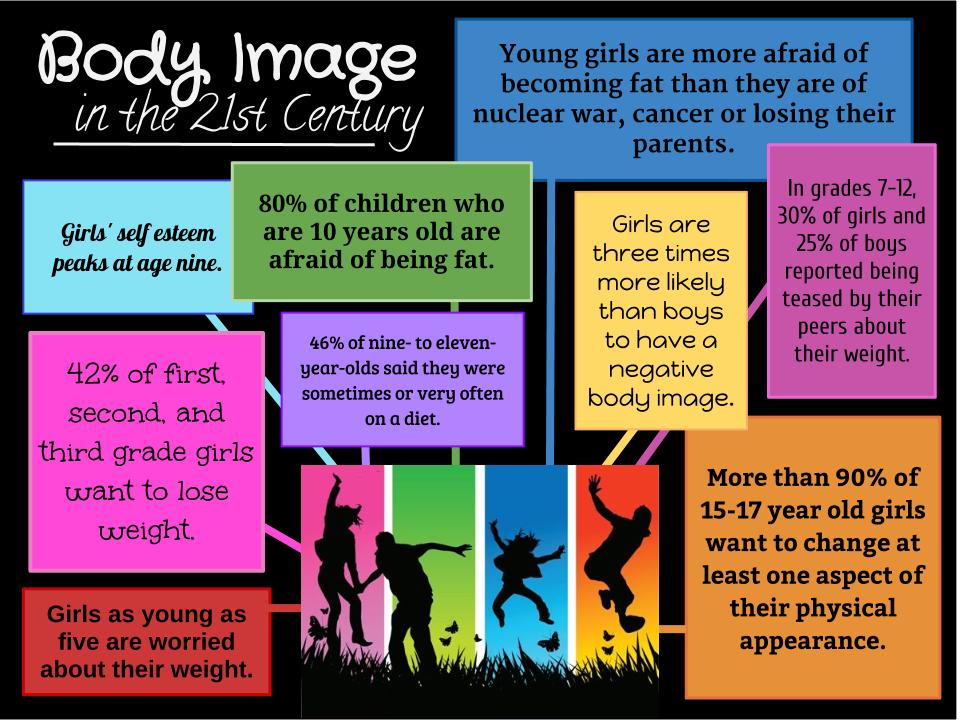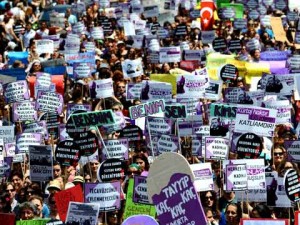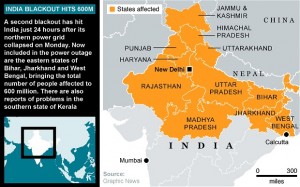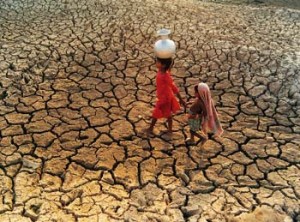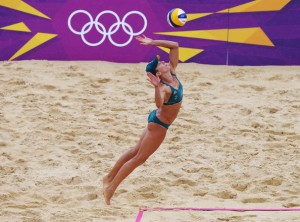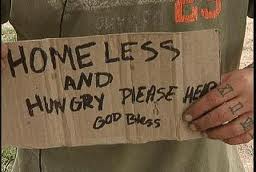You’ve probably heard a lot about the controversial practice of natural gas drilling, or fracking as it’s more commonly called. It seems like every few weeks or months there’s some new story about the benefits or harm of fracking. No matter the story, it seems like it’s always followed by protest or disagreement over the latest issue. New York has become the latest site of controversy over this means of extracting alternative energy with Governor Andrew Cuomo considering allowing some communities in Southern New York the power to decide whether or not fracking will happen in their towns. For this reason, Gov. Cuomo and the Department of Environmental Conservation (DEC) have come under fire.
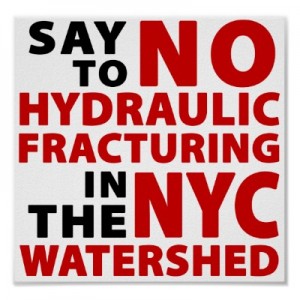 Why is fracking so controversial? The process of fracking injects chemically treated water at very high pressures deep underground to release natural gases for use as energy. The main problem with this practice is that the evidence is still out on the harm, or potential harm, that can result for the environment and health of those nearby. There is research both for and against the practice. It is this research that really creates the controversy in New York. Gov. Cuomo vowed, when he took up the issue of possibly lifting the moratorium on fracking, to base his decision off science and facts. However, scientists, physicians, economists and many other are crying foul that the review on fracking pros and cons compiled by the DEC for Gov. Cuomo’s use in making a decision is blatantly pro-fracking and ignores other scientific evidence. Many suspect the director behind the review has ties to the gas industry and that the outcome will be a biased and unfair decision, which would be a real violation of ethics.
Why is fracking so controversial? The process of fracking injects chemically treated water at very high pressures deep underground to release natural gases for use as energy. The main problem with this practice is that the evidence is still out on the harm, or potential harm, that can result for the environment and health of those nearby. There is research both for and against the practice. It is this research that really creates the controversy in New York. Gov. Cuomo vowed, when he took up the issue of possibly lifting the moratorium on fracking, to base his decision off science and facts. However, scientists, physicians, economists and many other are crying foul that the review on fracking pros and cons compiled by the DEC for Gov. Cuomo’s use in making a decision is blatantly pro-fracking and ignores other scientific evidence. Many suspect the director behind the review has ties to the gas industry and that the outcome will be a biased and unfair decision, which would be a real violation of ethics.
Although I lean towards the side that says fracking is bad, I honestly don’t know because I think there needs to be more reliable, unbiased research done. But, what I do think is that this fracking issue in New York points to a larger issue with natural energy that needs to be addressed. We have to remember that not all alternative or natural fuels are necessarily without fault. Take the example of using corn as fuel. This seemed like a great idea at first with the overabundance of corn in America. But as we’re seeing now with the major drought in the Midwest, prices on corn could skyrocket, making this no longer a reliable or viable source of Continue reading

